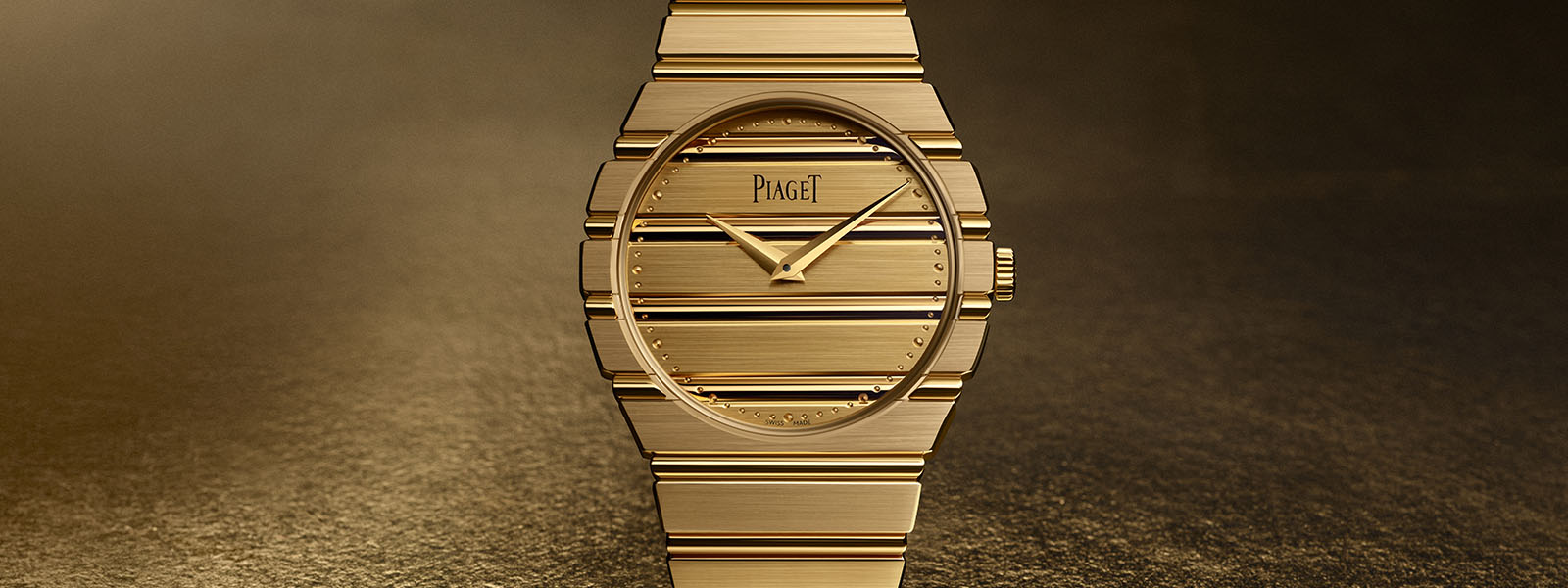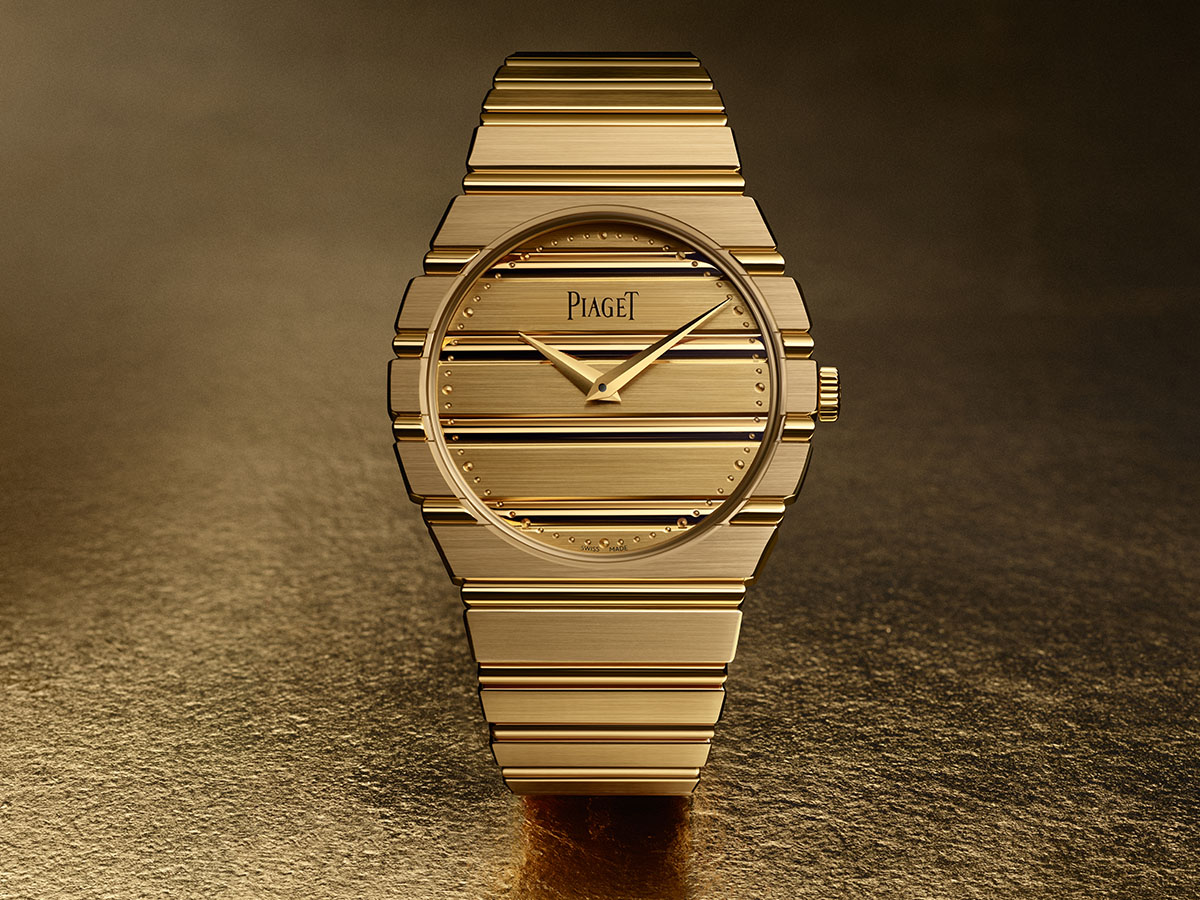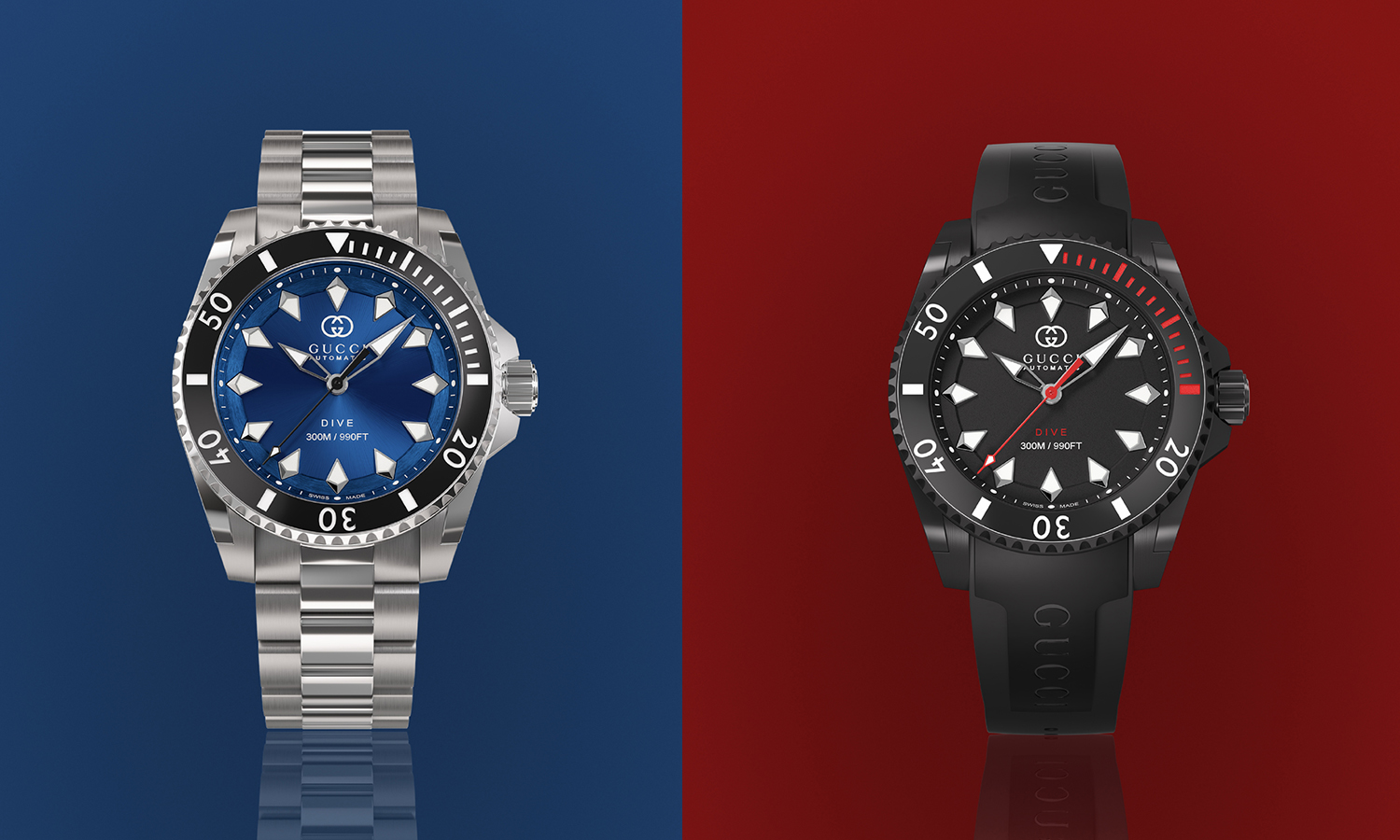
Piaget Revives The Polo 79 To Kick Off The Maison’s 150th Anniversary
If one thing is for certain, the Piaget Polo was made for the US market. Created at a time [1979] when the United States practically coined the term ‘casual luxury’ or ‘sporty chic’ in the watch industry, the Piaget Polo defined the spirit of the 1980s in the US and beyond. To mark not only the significant impact this timepiece has made in horological history but also the Maison’s 150th anniversary, Piaget has officially revived the Piaget Polo 79.

In an era when elegant sports watches were predominantly made of steel, the Piaget Polo stood out as a masterpiece of modern design, seamlessly integrating the timekeeper and bracelet into one aesthetic whole, all in full gold. Yves Piaget, an avid equestrian, infused his love for horses and the highlife into this iconic timepiece, making it synonymous with the glamour of the 1980s, equally at home in the bustling nightclubs of New York and the refined Polo Clubs of Palm Beach.

Now, the Piaget Polo 79 returns, staying true to the original design while incorporating subtle updates. It ditches the quartz movement in favor of the ultra-thin 1200P1 in-house self-winding caliber, visible through a slightly enlarged 38mm case with a crystal back. It also boasts a slightly larger case size of 38mm as Jean-Bernard Forot, the head of Piaget’s patrimony department and master of the archive, put it — they updated the watch to be in the modern era without losing its luster.

In fact, Haute Time went on the clock with Forot to better understand this legendary revival — and to find out what’s next for the 150th-anniversary celebration, ahead.

HAUTE TIME: Can you walk us through the revival of the Polo 79? How did it begin?
JEAN-BERNARD FOROT: It’s important to note that this watch was born, thanks to the US, because, during that period [1979], Piaget was well-known for its movements and dress watches. Mr. Piaget used to travel extensively to New York, Palm Beach, Los Angeles, and more. It was said that in the United States, a new form of luxury was emerging, one that combined a certain casual-chic aesthetic with a touch of sportiness, especially in the world of watches. During this era, brands like Audemars Piguet and Patek Philippe had already launched successful models [that fit this mold], prompting Piaget to follow suit.
At that time, Piaget had positioned itself as one of the world’s most expensive watchmakers through its advertising campaigns, maintaining a high-end image. They exclusively crafted watches in gold, even as the industry was facing the quartz crisis. Piaget’s response was to introduce a sports-chic watch designed to be worn both during sports and in social settings afterward. It was important for Mr. Piaget to be sure that the watch fit the sport and also the lifestyle.

Piaget sought to incorporate an intriguing quartz movement they had mastered in 1976. Initially, they launched two models: one with a square design and another with a round one. Why? The objective was to create a bracelet with a watch, rather than simply a watch with a bracelet. Initially, the square model catered to the clientele’s preferences, as it was in vogue. However, over time, the round model gained popularity and eventually became the best-selling choice between the two shapes.
[The Piaget Polo 79] is a model that remains in the memory of the Maison. It’s part of the golden age of the Maison and the most exquisite moment since the brand has been alive.
HT: So, what are the differences exactly between today’s model and the original?
JBF: First, we wanted to have a total continuity in the aesthetics. But what’s different is we moved a bit in size, enlarging the diameter to 38mm to be more in the trend of today since 1979. We made it bigger, but not too big as we wanted to maintain that it is unisex. The size was key to remaining on a diameter that would be vintage and comfortable for men and women
Secondly, we wanted to choose one of the famous movements we have, so we chose the 1200P1 in-house self-winding caliber, which is the thinnest automatic movement in our history. So we have this movement within, and we now have an open glass underneath to admire the movement.
[The current model] is an evolution of the Polo, as the original was made with the technology and tools of that time and within the rules of the watch industry at that time (for example, it was waterproof, for that time period). And so today, the watch is answering all of the new industry standards of precision, legibility, waterproofness, and so on. We’re adhering to the quality of today.

HT: What about the revival of Piaget Polo makes you most excited?
JBF: For me, the [Polo 79] is not just a gold watch, it is a watch with a history; it is a talking piece that tells a story. It has a history. What I like about the Polo is — for my generation, wearing a yellow gold watch is not something so obvious, but the Polo makes it stylish. This watch, even for yellow gold, is not tacky or ‘bling-bling’ because of the combination of the polished and satin-brushed finishings — it actually creates that casual-chic feeling Mr. Piaget wanted to capture. I think that is why this model has been so successful.
HT: This timepiece marks a major moment, the 150th anniversary of Piaget. Can we expect other significant launches surrounding the anniversary?
JBF: While I can’t quite disclose, you are correct. Our goal is to have something new revealed every month or every month and a half — without being chronologically in order. [For example], we started with the 1979 — not the timepieces of the birth year of 1874 — as we are striving to be more thematic than chronological to emphasize celebrating key moments and key crafts of the Maison.
 SIGN UP
SIGN UP










